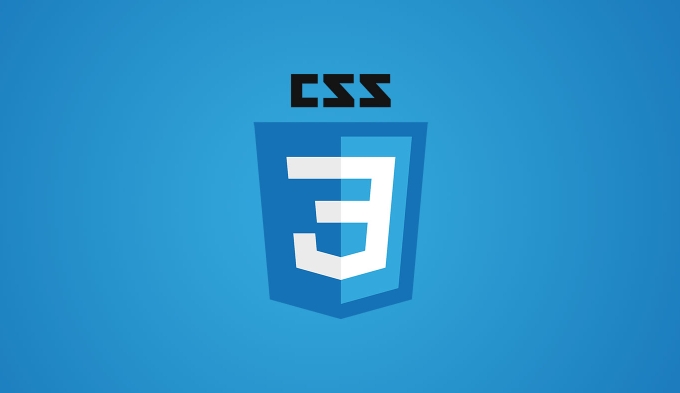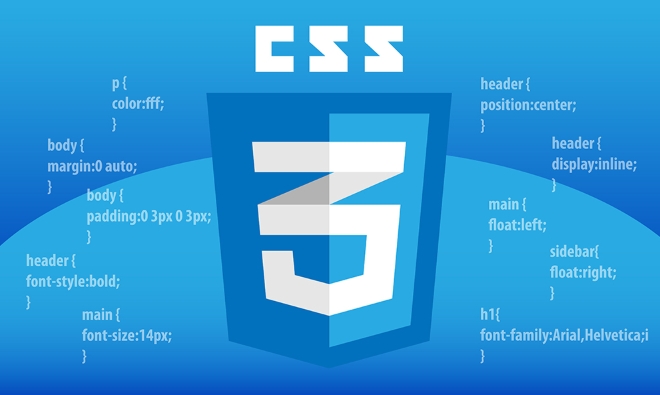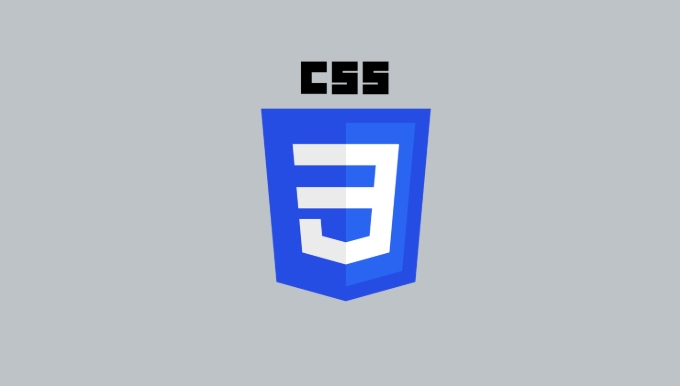Initial, inherit, unset, and revert in CSS are four often overlooked but very useful keywords used to control style inheritance and reset. 1. initial will restore the attribute to the initial value defined by the specification, such as color will turn black; 2. inherit the element inherits the attribute value of the parent element, such as the child element's text color follows the parent; 3. unset is manifested as inherit or initial according to whether the attribute can be inherited, which is suitable for quickly clearing styles; 4. revert falls back the style to the browser or user default settings, which is often used to prevent style pollution. They are very useful in component development and style debugging.

CSS has four often overlooked but very useful keywords: initial , inherit , unset , and revert . They are used to control how styles are passed and applied between different elements, and understanding them can help you better manage CSS style inheritance and default value issues.

1. initial : restore to the default initial value of the property
initial keyword resets a CSS property to the initial value in its specification definition , rather than the value in the browser's default stylesheet.

For example:
p {
color: initial;
}The above code will restore the color of the paragraph text to the browser default settings (usually black), and it will be useless even if you set the global font color elsewhere.

It should be noted that not all attributes are as intuitive . For example, display: initial will become inline on most elements, which may cause layout confusion.
Common uses: Clear all custom styles of a specific attribute and return to its original state.
2. inherit : inherit style from parent element
As the name implies, inherit will allow the current element to inherit the corresponding attribute value of its parent element.
For example:
.child {
color: inherit;
} If the parent element text color of .child is red, then the text of .child will also turn red.
This is useful in some component designs, especially when you want the child components to "automatically" adapt to the parent style, such as the text color inside the button.
Not all attributes can be inherited (such as margin or padding ), but text-related attributes such as color and font-size are OK.
3. unset : Different processing is done according to whether the attribute can be inherited
unset is a "smart" keyword:
- If the property itself is inheritable (such as
color), it is equivalent toinherit - If the attribute is not inherited (such as
border), it is equivalent toinitial
Examples of usage scenarios:
button {
all: unset;
}This quickly removes all default styles of the button while retaining some naturally inherited text styles.
Suitable for building "clean" UI components, such as custom buttons or input boxes.
4. revert : Restore to the settings of the user agent or user stylesheet
revert is more special, it means: "Restore to what it looks like if no style is set".
In simple terms, it is to undo your CSS modifications and let the browser decide how to display them .
for example:
a {
color: revert;
}The link will be restored to the browser's default blue color (or user-defined style).
This term is often used in frameworks or libraries to prevent style contamination, especially when developing component libraries.
In general, these four keywords have their own uses and are often used in conjunction with them to achieve more flexible style control. For example, when writing component styles, use all: unset to quickly reset them, and then manually add the required styles; or use revert to fall back during debugging to see the native effect.
Basically that's it. If you use it too much, you will find that they are really convenient when resolving style conflicts and inheritance issues.
The above is the detailed content of Understanding CSS Initial, Inherit, Unset, and Revert keywords. For more information, please follow other related articles on the PHP Chinese website!

Hot AI Tools

Undress AI Tool
Undress images for free

Undresser.AI Undress
AI-powered app for creating realistic nude photos

AI Clothes Remover
Online AI tool for removing clothes from photos.

Clothoff.io
AI clothes remover

Video Face Swap
Swap faces in any video effortlessly with our completely free AI face swap tool!

Hot Article

Hot Tools

Notepad++7.3.1
Easy-to-use and free code editor

SublimeText3 Chinese version
Chinese version, very easy to use

Zend Studio 13.0.1
Powerful PHP integrated development environment

Dreamweaver CS6
Visual web development tools

SublimeText3 Mac version
God-level code editing software (SublimeText3)

Hot Topics
 How can I include CSS only on some pages?
Jun 11, 2025 am 12:01 AM
How can I include CSS only on some pages?
Jun 11, 2025 am 12:01 AM
There are three ways to selectively include CSS on a specific page: 1. Inline CSS, suitable for pages that are not frequently accessed or require unique styles; 2. Load external CSS files using JavaScript conditions, suitable for situations where flexibility is required; 3. Containment on the server side, suitable for scenarios using server-side languages. This approach can optimize website performance and maintainability, but requires balance of modularity and performance.
 Flexbox vs Grid: Understanding the Key Differences in CSS Layout
Jun 10, 2025 am 12:03 AM
Flexbox vs Grid: Understanding the Key Differences in CSS Layout
Jun 10, 2025 am 12:03 AM
Flexboxisidealforone-dimensionallayouts,whileGridsuitstwo-dimensional,complexlayouts.UseFlexboxforaligningitemsinasingleaxisandGridforprecisecontroloverrowsandcolumnsinintricatedesigns.
 Creating an Auto-Closing Notification With an HTML Popover
Jun 10, 2025 am 09:45 AM
Creating an Auto-Closing Notification With an HTML Popover
Jun 10, 2025 am 09:45 AM
The HTML popover attribute transforms elements into top-layer elements that can be opened and closed with a button or JavaScript. Popovers can be dismissed a number of ways, but there is no option to auto-close them. Preethi has a technique you can u
 What is 'render-blocking CSS'?
Jun 24, 2025 am 12:42 AM
What is 'render-blocking CSS'?
Jun 24, 2025 am 12:42 AM
CSS blocks page rendering because browsers view inline and external CSS as key resources by default, especially with imported stylesheets, header large amounts of inline CSS, and unoptimized media query styles. 1. Extract critical CSS and embed it into HTML; 2. Delay loading non-critical CSS through JavaScript; 3. Use media attributes to optimize loading such as print styles; 4. Compress and merge CSS to reduce requests. It is recommended to use tools to extract key CSS, combine rel="preload" asynchronous loading, and use media delayed loading reasonably to avoid excessive splitting and complex script control.
 How to use Lotties in Figma
Jun 14, 2025 am 10:17 AM
How to use Lotties in Figma
Jun 14, 2025 am 10:17 AM
In the following tutorial, I will show you how to create Lottie animations in Figma. We'll use two colorful designs to exmplify how you can animate in Figma, and then I'll show you how to go from Figma to Lottie animations. All you need is a free Fig
 Breaking Boundaries: Building a Tangram Puzzle With (S)CSS
Jun 13, 2025 am 11:33 AM
Breaking Boundaries: Building a Tangram Puzzle With (S)CSS
Jun 13, 2025 am 11:33 AM
We put it to the test and it turns out Sass can replace JavaScript, at least when it comes to low-level logic and puzzle behavior. With nothing but maps, mixins, functions, and a whole lot of math, we managed to bring our Tangram puzzle to life, no J
 External vs. Internal CSS: What's the Best Approach?
Jun 20, 2025 am 12:45 AM
External vs. Internal CSS: What's the Best Approach?
Jun 20, 2025 am 12:45 AM
ThebestapproachforCSSdependsontheproject'sspecificneeds.Forlargerprojects,externalCSSisbetterduetomaintainabilityandreusability;forsmallerprojectsorsingle-pageapplications,internalCSSmightbemoresuitable.It'scrucialtobalanceprojectsize,performanceneed
 Does my CSS must be on lower case?
Jun 19, 2025 am 12:29 AM
Does my CSS must be on lower case?
Jun 19, 2025 am 12:29 AM
No,CSSdoesnothavetobeinlowercase.However,usinglowercaseisrecommendedfor:1)Consistencyandreadability,2)Avoidingerrorsinrelatedtechnologies,3)Potentialperformancebenefits,and4)Improvedcollaborationwithinteams.






